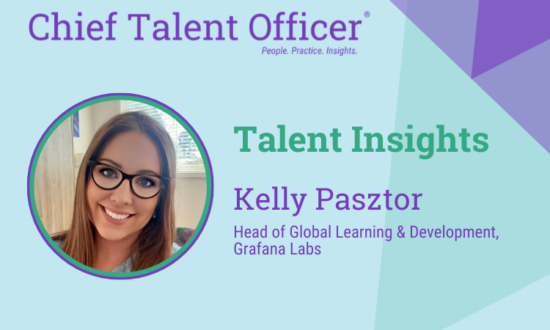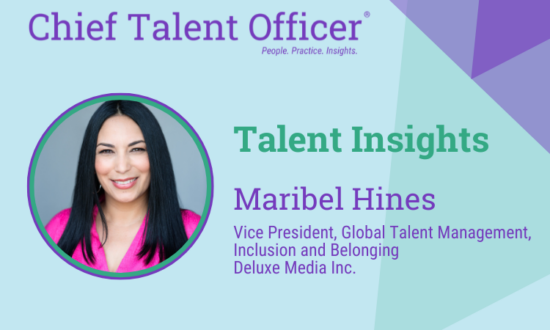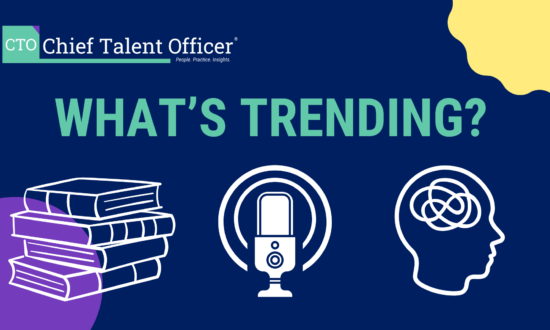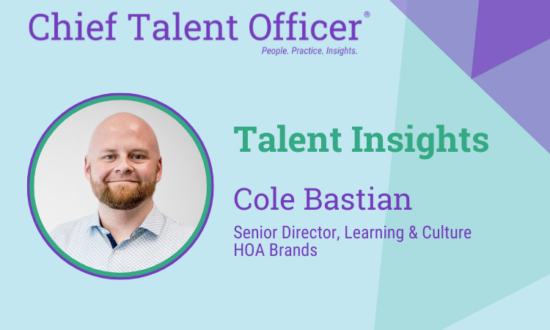If you’re a team leader at any level, you’ve probably observed that some of your team members aren’t excited about constant change. Of course not. The only humans we’ve seen get excited about change are babies with wet diapers. Yet, in order for our organizations to be innovative and competitive, employees must thrive during times of change. Employees must be agile learners, and learning leaders must promote learning agility in individuals across the organization.
Asking the right questions at the right time — and listening intently to the answers — is an excellent way to foster learning agility. Learning leaders should set the expectation that leaders will continuously ask what we call quality dialogue questions, or QDQs. These questions help to build a culture that promotes healthy debate and inquiry. Remember, if leaders don’t ask these questions, it can impact their relationships with their employees, as well as employee performance, motivation and ability to learn. And, the employee may look for and potentially find out the oft-wrong answers on their own.
Here are some examples of QDQs:
- I’ve always wondered why we _____.
- I don’t think we spend enough time _____.
- I think we should focus on _____.
- We are missing a business opportunity with ____.
- Everyone knows that _____ but is afraid to say it.
- I’d like to see more _____ around here.
- Our customers would be happier if we _____.
- I would like to be able to _____.
- Our meetings would be more effective if _____.
When employees surface concerns or problems by filling in the blanks for these questions, as a leader you allow creativity and new learning by allowing time to study problems deeply. According to data we gathered between 2012-15 from a survey of 300 U.S. companies that intentionally promote a learning-agile work culture, you’re also more likely to retain customers, lead competitors in creativity and sales, and promote profitability and growth.
Another method to foster learning agility is through what we call directed assignments. These are opportunities for employees to learn by doing, and observe others within and outside your company. Directed assignments also can be tied directly to core competencies required for organizational success.
For example, if the competency was to set objectives and build a results orientation to achieve a strategic plan, the directed assignments could be to:
- Benchmark and analyze strategic planning methods for 3-5 global organizations; present results to colleagues.
- Facilitate the strategic planning session for another division within the organization.
- Identify the processes and activities that provide competitors with a competitive advantage; present results to colleagues.
- Or, if the competency is to build communication skills, the directed assignments could be to:
- Develop a communications plan to advise employees of a product, procedure or process change.
- Develop and deliver a training session on the organization’s core values.
- Write a column in the in-house newsletter or in an industry newsletter.
- Develop and deliver industry presentations.
- Shadow someone in the customer service and public relations department for a week.
Learning leaders also could offer a supplementary reading list such as: “Getting to Yes,” by Roger Fisher and William Ury, or “Influence Without Authority,” by David Cohen and David Bradford.
Going back to learning agility, if the competency is leading through change, the assignments could be to:
- Develop and implement a communication plan to advise of a product, procedure or process change.
- Assess incoming customer surveys to ascertain why people buy from A) the organization and B)from competitors — decide what changes the company must make to stay ahead.
- Facilitate roundtables with each business unit and help identify their competitive differentiators to build and enhance.
- Create a symbol or rallying cry for needed change.
- Manage an ad hoc team in a rapidly expanding unit.
Linda Gravett is an industrial psychologist, organizational development consultant and certified emotional intelligence coach. Sheri Caldwell is the HR director for Grain Division at The Andersons Inc. as well as adjunct professor of human resources at Lourdes University. They are coauthors of “Learning Agility: The Impact on Recruitment and Retention.” Comment below, or email editor@CLOmedia.com.















